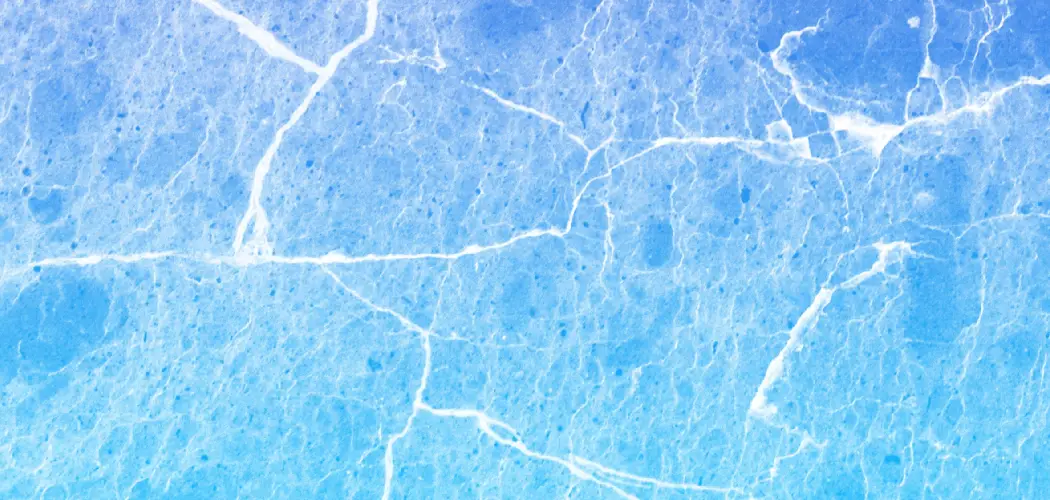Do you have a pool in your backyard? If so, it is important to be aware of the potential problems that can arise. Oftentimes, people overlook a concerning issue with their pool – structural cracks.
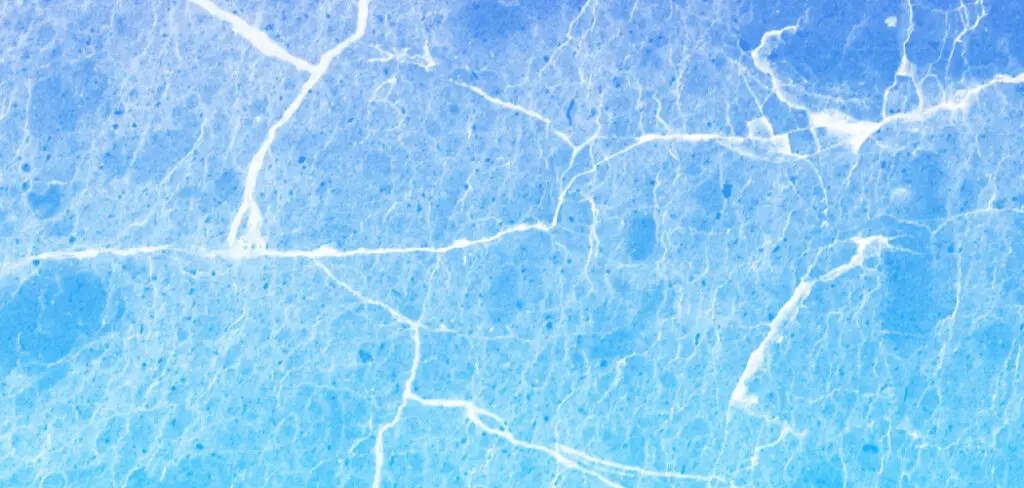
Not only do these compromise aesthetic value and jeopardize the integrity of your pool structure, but they can also pose serious risks to you and your family’s safety. So how can you tell if a crack in the pool is structural or just cosmetic?
In this blog post, we’ll provide tips on what steps to take and how to identify if the problem requires more serious attention from professionals. Read on for some helpful information about how to tell if pool crack is structural!
Why is It Important to Know if Pool Crack is Structural?
1 . To Ensure Safety
A structural pool crack is a serious problem that can compromise the safety of swimmers. If you have a pool at your home, it’s important to know if the cracks in your pool are structural or not. Structural cracks can lead to further damage and may cause injuries to anyone using the pool.
2 . To Prevent Expensive Repairs
Structural pool cracks require immediate attention and can result in expensive repairs. If left untreated, the crack may spread and cause damage to the surrounding areas of the pool such as the deck or coping. By identifying a structural crack early on, you can prevent costly repairs that may be needed if it worsens.
3 . To Maintain Pool Functionality
Structural cracks can also affect the functionality of your pool. They can leak water, causing a loss of water level and chemical balance. This can result in additional maintenance costs and may even render your pool unusable. By identifying a structural crack early on, you can ensure that your pool continues to function properly.
4 . To Protect Your Investment
A swimming pool is a significant investment and should be protected. Knowing if the crack in your pool is structural or not can help you take the necessary steps to protect this investment. By promptly addressing a structural crack, you can save yourself from the inconvenience and expense of major repairs.
5 . To Avoid Legal Issues
If someone gets injured due to a structural pool crack in your property, you could face legal consequences. It’s important to know if the cracks in your pool are structural or not to avoid any potential legal issues. By taking care of a structural crack, you can ensure the safety of your family and guests, as well as protect yourself from any legal liabilities.
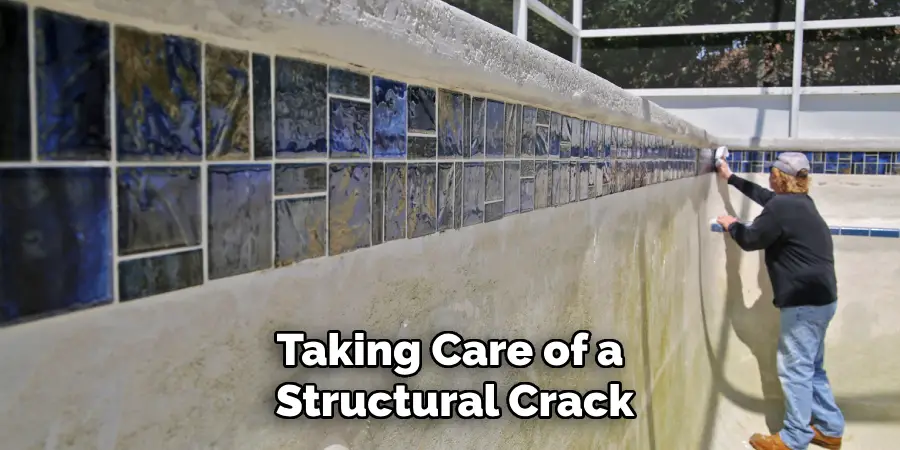
12 Tips on How to Tell if Pool Crack is Structural
1 . Observe the Size and Length of the Pool Crack
Pool cracks that are longer than a few inches can indicate structural damage. Likewise, wide cracks that are more than 1/8 inch in width also raise red flags. Also, pay attention to the direction of the crack. Horizontal cracks are more likely to be structural than vertical ones.
2 . Look for Additional Damage
If you notice any signs of damage around the pool area such as sinking pavers or tilting walls, it could be a sign that there is structural damage caused by a pool crack. You have to make sure to address these issues before they become more severe.
3 . Check for Water Loss
A major indicator of a structural pool crack is water loss. If you find yourself constantly having to refill your pool, it could be due to cracks that are allowing water to escape. This can cause further damage and should be addressed immediately.
4 . Inspect the Pool Deck
Cracks on the pool deck can also be a sign of structural damage. If the ground underneath the pool is shifting, it can cause cracks in the deck. This could potentially lead to more severe problems with your pool’s structure.
5 . Look for Bulging or Bowing Walls
If you notice that your pool walls are bulging or bowing outwards, it could be a sign of structural damage. This is often caused by pressure from water pushing against the walls due to a crack.
6 . Check for Leaks in Pool Equipment
In addition to checking for water loss in the pool itself, inspect all pool equipment such as pumps and filters for any signs of leakage. If you find leaks, it could be indicative of a structural pool crack that is affecting the integrity of your pool equipment.
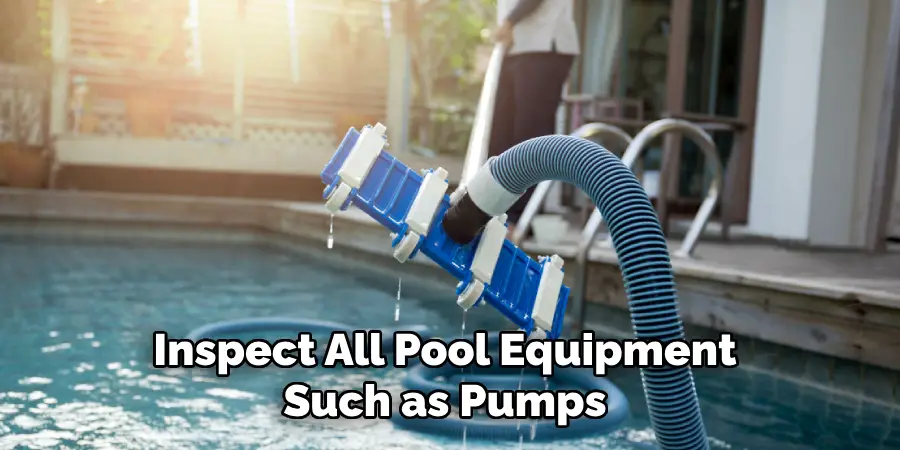
7 . Monitor Changes in Water Level
If you notice sudden drops or rises in the water level of your pool, it could be due to a structural crack. This can happen when water is leaking out through the cracks, or if there are shifts in the ground underneath the pool causing changes in water level.
8 . Look for Stains or Discoloration
Stains or discoloration on the pool walls can also be a sign of structural damage. This could indicate that water is seeping through the cracks and causing damage to the surface of the pool. Also, be on the lookout for algae growth, as it can also indicate a crack that is allowing water to seep out.
9 . Notice Changes in Pool Shape
If you have an inground pool and notice any changes in its shape, such as bulging or sagging walls, it could be a sign of structural damage. This is especially important to look out for if there have been any recent earthquakes or other natural disasters in your area.
10 . Listen for Strange Sounds
If you hear any unusual sounds coming from your pool, such as creaking or cracking noises, it could be a sign of structural damage. This is often caused by the shifting and movement of the pool walls due to pressure from water escaping through cracks.
11 . Get a Professional Inspection
If you suspect that your pool has a structural crack, it is best to get a professional inspection done. They will be able to accurately assess the situation and determine if there is any structural damage that needs to be addressed.
12 . Address the Issue Immediately
If you do find out that your pool has a structural crack, it is important to address the issue immediately. Ignoring a structural crack can lead to larger and more costly problems down the line, so it’s best to take care of it as soon as possible.
It’s always better to be safe than sorry when it comes to pool cracks. Make sure to regularly inspect your pool for any signs of damage and address any issues promptly.
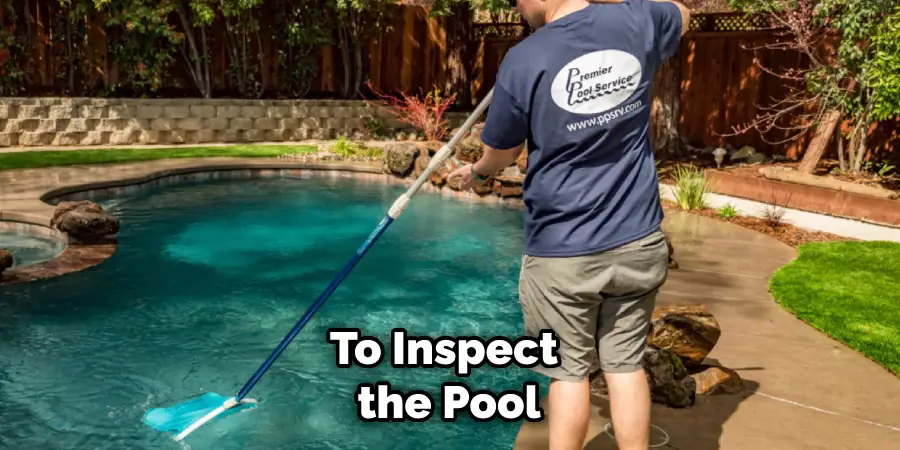
Frequently Asked Questions
What Precautions Should I Take for a Cracked Pool?
If you notice a crack in your pool, it is important to take immediate action. Cracks can worsen over time and can lead to serious structural damage. It is crucial to determine whether the crack is structural or non-structural in order to properly address the issue. Here are some steps you can take to determine the severity of a pool crack:
The first step is to closely inspect the crack. Look for any signs of movement, such as widening or shifting. Structural cracks will often have jagged and irregular shapes, while non-structural cracks are usually straight and smooth. Additionally, check the surrounding area for any signs of water leakage or damage. If you notice any of these signs, it is advisable to contact a professional for further evaluation.
How Can I Tell if a Pool Crack is Structural?
There are several key indicators that can help determine whether a pool crack is structural or non-structural. The first and most obvious sign is the size and shape of the crack. Structural cracks are typically larger and have more irregular shapes, while non-structural cracks are usually smaller and more straight. Additionally, if the pool is losing water at a rapid rate or there is significant damage to the surrounding area, it is likely that the crack is structural.
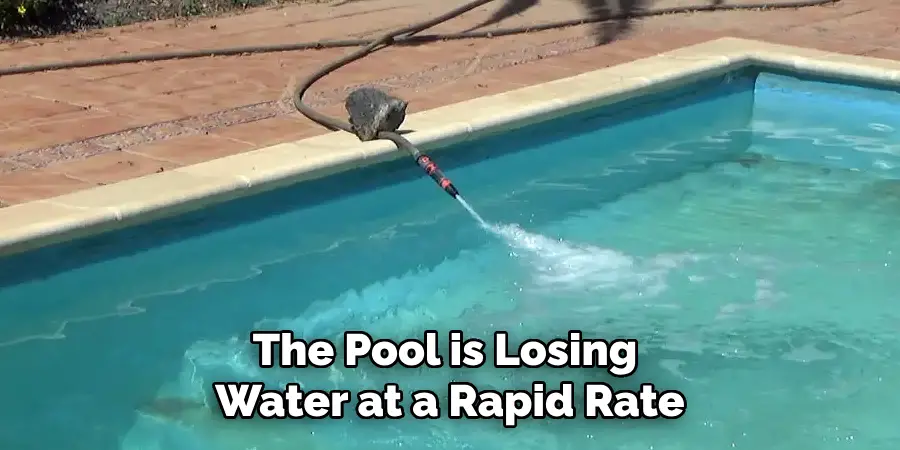
It is also important to consider the age of the pool – older pools are more prone to structural cracks. Ultimately, the best way to determine if a pool crack is structural is by consulting with a professional.
What Can I Do if My Pool Crack is Structural?
If you have determined that your pool crack is indeed structural, it is important to take immediate action in order to prevent further damage and costly repairs. The first step is to drain the pool in order to properly assess the crack and its severity.
From there, a professional pool contractor can determine the best course of action, which may include repairing the crack with specialized materials or completely replacing the affected area. It is important to address structural cracks promptly in order to avoid potential safety hazards and expensive repairs.
Conclusion
Overall, being able to tell the difference between structural damage and ‘normal’ cracks is a difficult job that should be left to experts. If you observe any cracks in your pool, be sure to contact a qualified professional for help. There’s no need to panic as there are various repair options available depending on the condition and extent of the crack.
Now you know how to tell if pool crack is structural! Remember, when it comes to keeping your pool in top-notch shape, regular maintenance is key.
Keeping up with regular repairs and following safety guidelines can ensure you years of enjoyable swimming experiences! So if you have noticed cracks in your pool, don’t delay in getting them examined by an expert in order to keep everything shipshape and safe!
About
Outdoor Fixes is a distinguished figure in the world of Diy design, with a decade of expertise creating innovative and sustainable Diy solutions.
His professional focus lies in merging traditional craftsmanship with modern manufacturing techniques,
fostering designs that are both practical and environmentally conscious. As the author of diy,
outdoorfixes delves into the art and science of outdoorfixes-making, inspiring artisans and industry professionals alike.
Education RMIT University
(Melbourne, Australia) Associate Degree in Design (Outdoor Fixes) Focus on sustainable design, industry-driven projects,
and practical craftsmanship. Gained hands-on experience with traditional and digital manufacturing tools, such as CAD and CNC software.
Nottingham Trent University
(United Kingdom) Bachelor’s in outdoorfixes.com and Product Design (Honors) Specialized in product design with a focus on blending creativity with production
techniques. Participated in industry projects, working with companies like John Lewis and Vitsoe to gain real-world insights.
Publications and Impact
In diy, Outdoor Fixes his insights on indoor design processes, materials, and strategies for efficient production.
His writing bridges the gap between artisan knowledge and modern industry needs, making it a must-read for both budding designers and seasoned professionals.

